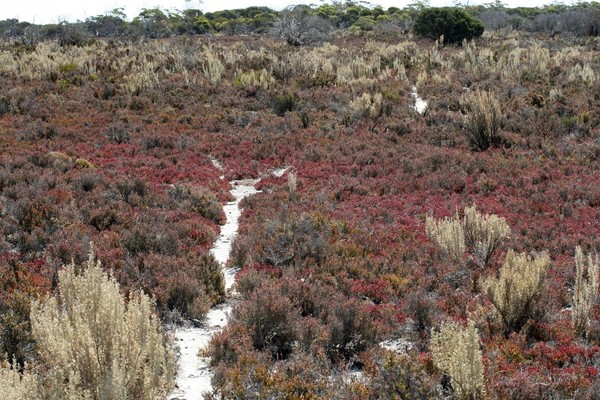Master Thesis
Molecular ecology of xeric shrubland and desert flora
Covering about one fifth of the world’s surface, deserts and xeric shrublands form the largest terrestrial biome – a biome in which flora and fauna had to find a way how to cope with extreme temperature fluctuations and low water availability. As a result, plants of these regions developed a plethora of different morphological, ecological and physiological adaptations that allows them to survive in such inhospitable environments. The genomic machinery of those, however, remains largely unknown. Students interested in this topic will be given a chance to investigate the molecular aspects of different adaptations to xeric conditions through comparative transcriptomics within and between heterocarpic taxa, C3 and C4 taxa, diploid and polyploid, or halophytic and xerophytic taxa.

Contact
Dr. Anže Žerdoner Čalasan
Systematik, Biodiversität & Evolution der Pflanzen
Menzinger Str. 67
80638 München
Mail: A.Zerdoner@lmu.de
Phone: +49 89 17861-285

